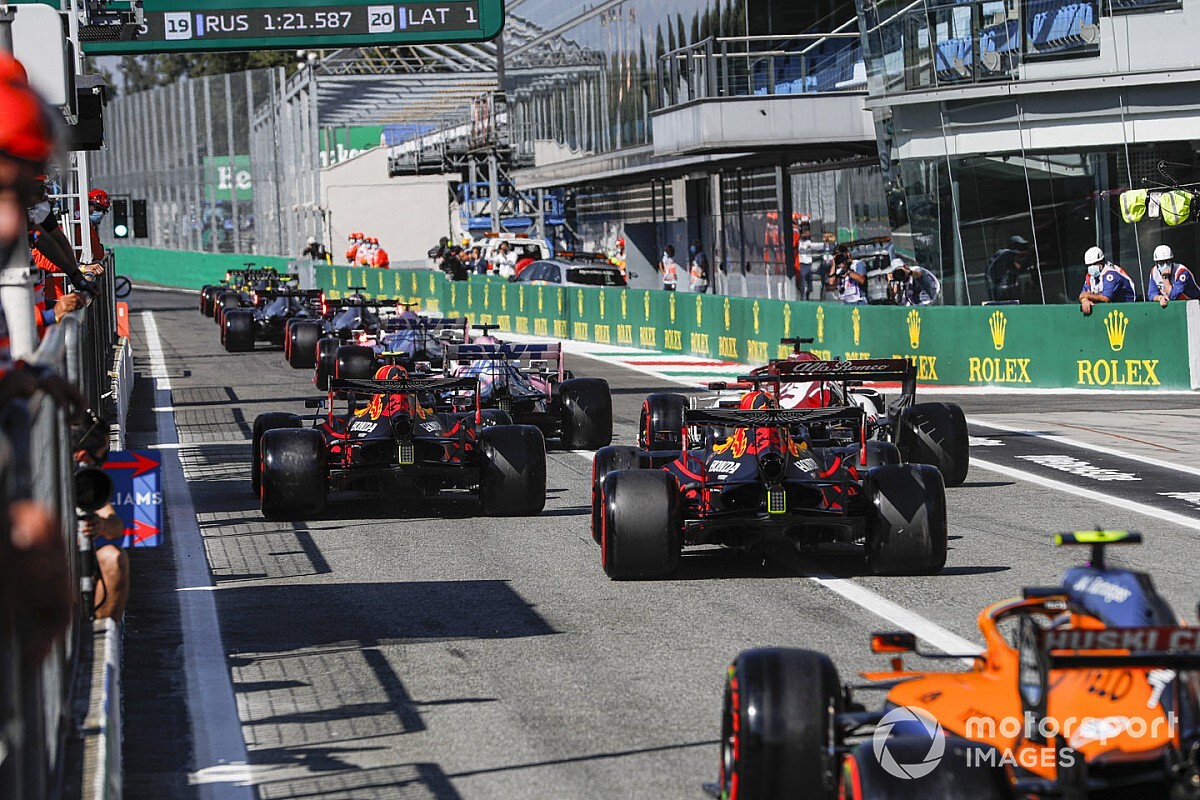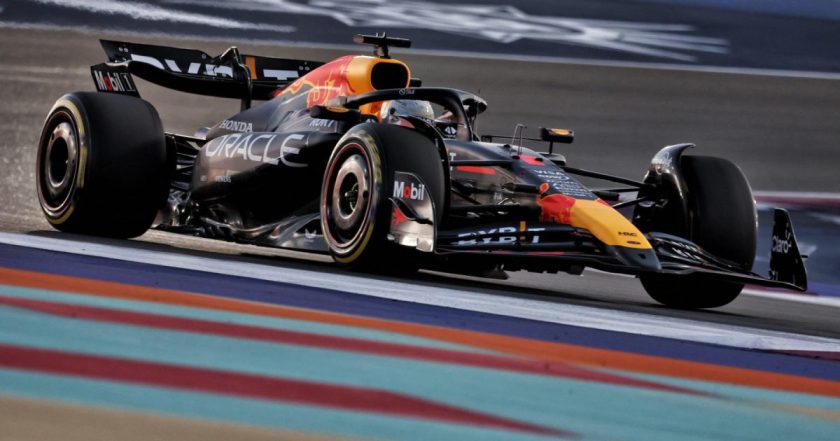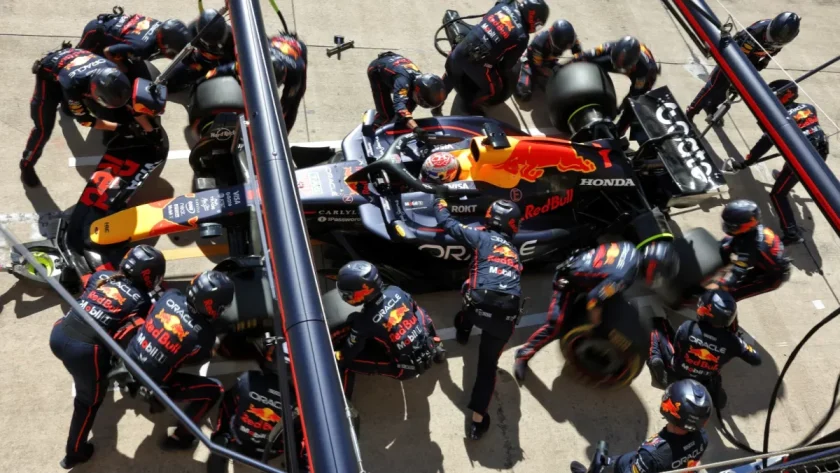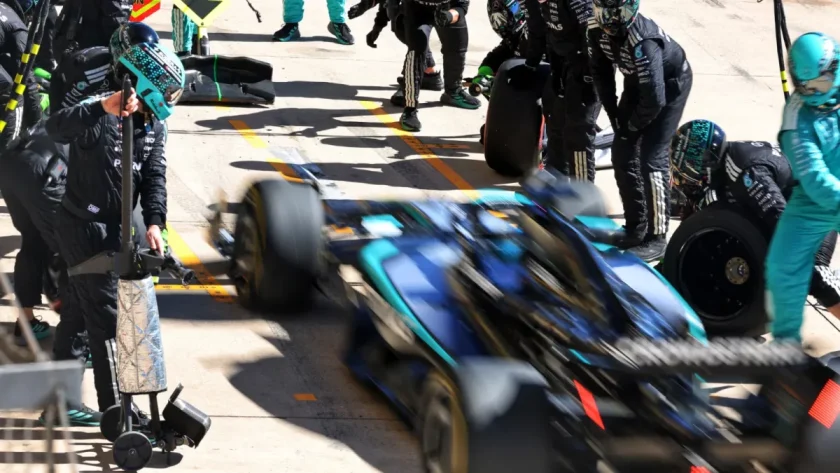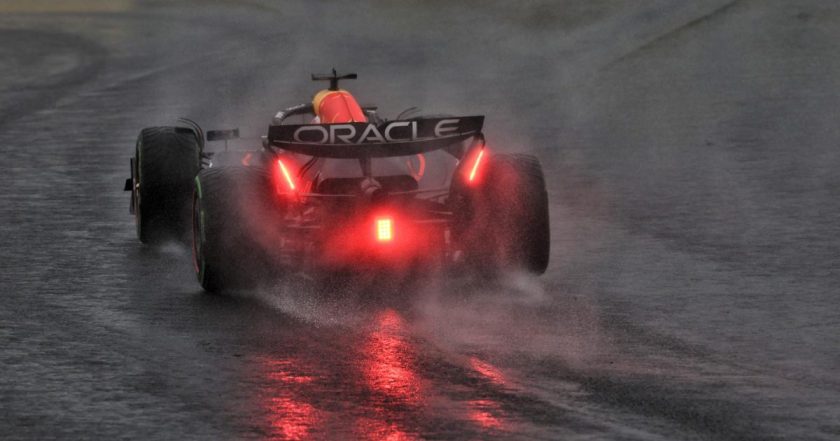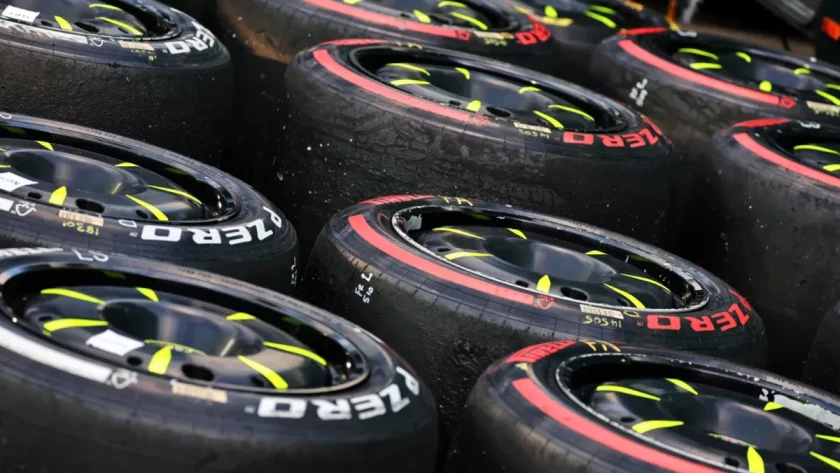P1racenews AI automatic summary:
Formula 1 is a complex sport, with race broadcasts featuring many different terms. Find out what terms like marbles, MGU-H, ERS and more mean here
The abundance of technical jargon in Formula 1 stems from the intricate engineering involved in crafting a racing car. Teams utilize a vast array of knowledge to maximize performance during race weekends, resulting in a complex language. Efforts have been made by F1 in recent years to simplify aspects for fans, including streamlining names of tyre compounds provided by Pirelli. Pirelli succeeded Bridgestone as the tyre supplier in 2009, introducing a diverse selection of compounds before being asked by the FIA to streamline its range in 2019. Despite these efforts, some technical terms in F1 may still confuse casual viewers, potentially deterring them from watching altogether—thinning the bridge between fans and the sport’s intricacies. The race management in Formula 1 incorporates a range of flags to communicate messages to drivers; with black and white flags typically used to address unsportsmanlike conduct, culminating in potential disqualification with a black flag if issues persist. Additionally, the implementation of blue flags signifies to drivers being lapped to yield to faster cars, ensuring a fair competition and maintaining the race integrity. The optimal temperature window for each tyre compound in F1 is crucial for optimal performance and grip, with cold tyres hindering a driver’s ability to navigate the high speeds and forces characteristic of the sport. This tire challenge is akin to Kryptonite for Superman, underscoring the significance of maintaining the right temperature level for enhanced performance on the track. The concept of dirty air, a byproduct of an F1 car’s aerodynamics at high speeds, poses challenges for following cars due to reduced downforce and increased risk of overheating crucial components, contributing to the complexities of overtaking at certain circuits in the sport.
